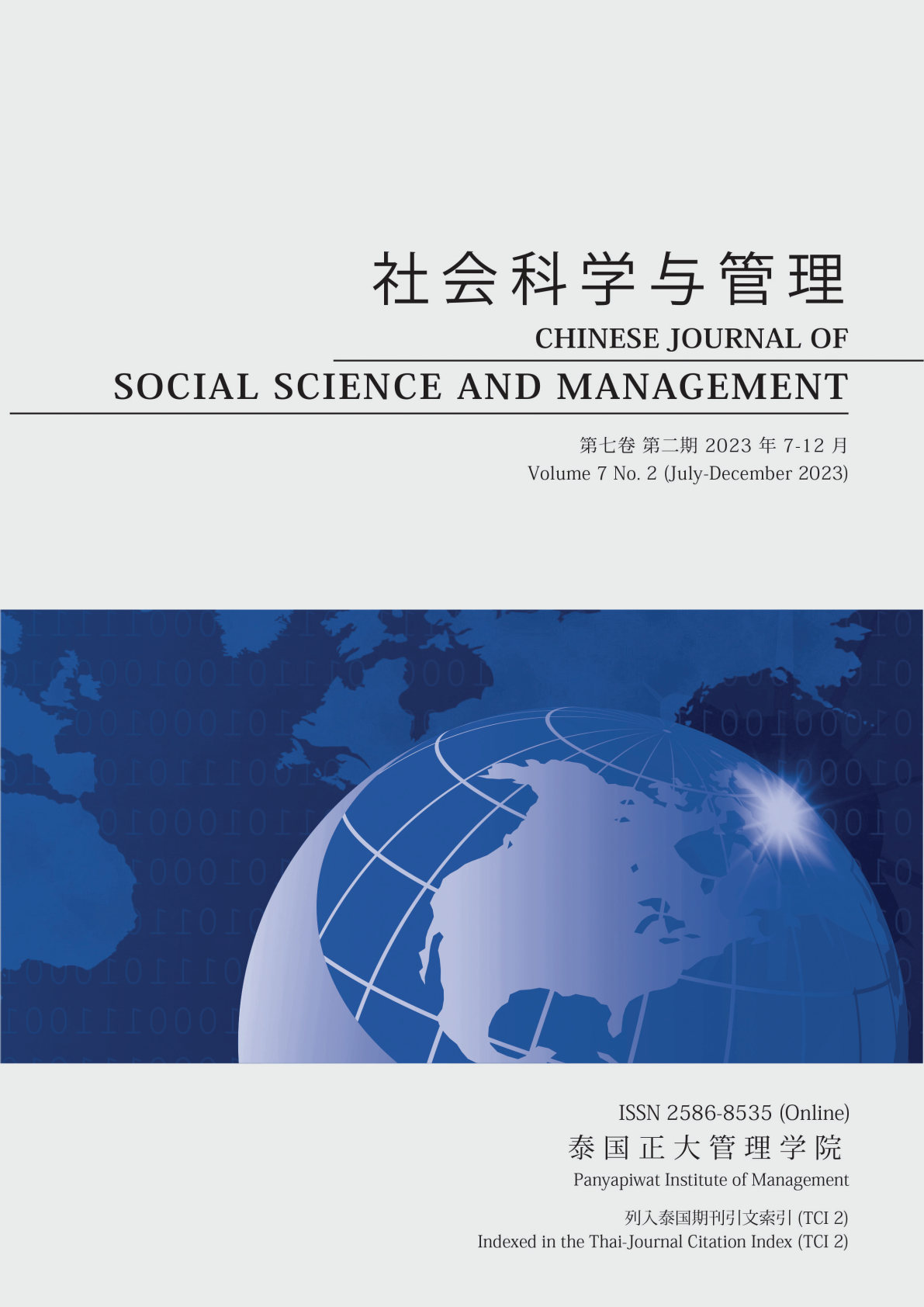THE DISTRIBUTION OF THE WORD “KŬ” IN MODERN CHINESE BASED ON THE ARGUMENT STRUCTURE AND QUALIA STRUCTURE THEORY
Main Article Content
Abstract
Based on the CCL corpus, this paper extracted 10,000 corpora of the word “kŭ” and exhaustively analyzed the distribution of its meanings by comparing the definitions of “kŭ” in common Chinese dictionaries and the corresponding word “bitter” in English dictionaries. Using the theory of argument structure and physical property structure, this paper reclassifies and describes the meanings of “kŭ” as well as identifies new meanings of this word. Following the analysis, the ten meanings of the word “kŭ” were summarized and its adjectives, polysemy phenomenon and derivative relationship were explained in an attempt to realize the completeness of the meaning categorization, improve the accuracy of the meaning description, and provide some references for the lexicography and guidance for the international teaching of Chinese.
Article Details

This work is licensed under a Creative Commons Attribution-NonCommercial-NoDerivatives 4.0 International License.
Chinese Journal of Social Science and Management Editorial Division
The Office of Research and Development, Panyapiwat Institute of Management
85/1 Moo 2, Chaengwattana Rd., Bang Talat, Pakkred, Nonthaburi 11120, Thailand
Tel. 02 855 01048 E-mail: cjssm@pim.ac.th
References
Li, F. Q., & Li, S. C. (2020). The description and explanation of the meaning distribution of the polysemy word “píng” in modern Chinese. Journal of Social Sciences of Jiamusi University, 38(4), 123-127.
Li, F. Q., & Wang, C., & Li, S. C. (2021). Research on the distribution of the meanings of “zhí” in modern Chinese based on the theory of physical structure. Journal of Heilongjiang Institute of Technology (Comprehensive Edition), 21(4), 146-150.
Li, Q., & Yuan, Y. L. (2019). Generative thesaurus theory and structural description and conceptual interpretation of noun semantics. Philosophy of Linguistics, (1), 263-295.
Li, S. C. (2016). Corpus-based study on the distribution of meanings of the word “huáng” in modern Chinese. Journal of Ocean University of China (Social Sciences Edition), (5), 103-109.
Lin, X. H., & Li, S. C. (2020). Research on the distribution of polysemy “huài” meanings from the perspective of frame semantics. Journal of Mudanjiang University, 29(9), 72-76.
Pustejovsky, J. (1991). The generative lexicon. Computational Linguistics, 17(4), 409-441.
Pustejovsky, J. (1995). The generative lexicon. The MIT Press.
Song, Z. Y. (2015). The theory of generative thesaurus and the study of Chinese event forcing phenomenon. Beijing Peking University Press.
Wang, W. X., & Yuan, Y. L. (2018). The distribution of physical roles in word meaning and its influence on word interpretation: Taking the compound word of “color morpheme + name object morpheme” as an example. Foreign Languages (Journal of Shanghai International Studies University), 41(2), 31-41.
Yuan, Y. L. (2013). Research on semantic knowledge system based on generative thesaurus theory and argument structure theory. Chinese Journal of Information, 27(6), 23-30.
Yuan, Y. L. (2014). The description system and application cases of Chinese noun-material structure, Contemporary Linguistics, 16(1), 31-48.
Zhang, N. Q., & Song, Z. Y. (2015). The semantic construction of Chinese form-nominal compound words: Based on physical property structure and conceptual integration theory. Journal of Chinese Information, 29(6), 38-45.
Zhang, W. D. (2007). Biological psychology. Shanghai Academy of Social Sciences Press.
Zhang, Y. H. (2002). Semantics and dictionary interpretation. Shanghai Dictionary Press.
Zhang, Y. H. (2011). Research on the interpretation of Chinese as a foreign dictionary based on user’s cognitive perspective. Commercial Press.
Zhang, Y. H., & Yong, H. M. (2007). Contemporary lexicography. Commercial Press.
Zhang, Z. Y., & Zhang, Q. Y. (2015). Theoretical lexicology. Commercial Press.


